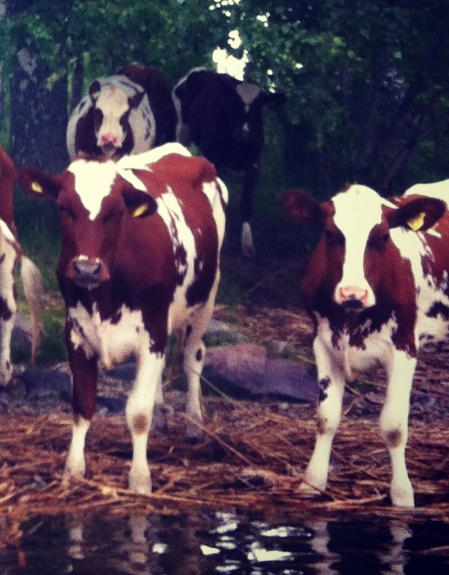I went to a lecture today by Slavoj Žižek. He said many fascinating and thought provoking things, about economics, culture, politics and philosophy. But one thing in particular really stayed with me.
He pointed out that the things we value from our past, the things that we have lost, are often valuable precisely because we have lost them. It is the loss itself that creates much of the sense of value in our memory.
I think we can all agree, when we reflect back on our own remembrance of things past, that this is quite true.
There seems to be something tragic about this quality of human nature. Joni Mitchell said it in a somewhat different way: “We don’t know what we’ve got till it’s gone.”
Wouldn’t it be wonderful if we could have a crystal ball that tells us “This experience — this day walking with a friend, this sunlit morning waking up with a lover, this moment in time that you so blithely take for granted — one day this simple moment will be remembered in your mind as a paradise lost.”
And knowing this, perhaps we will know not to take it for granted.
